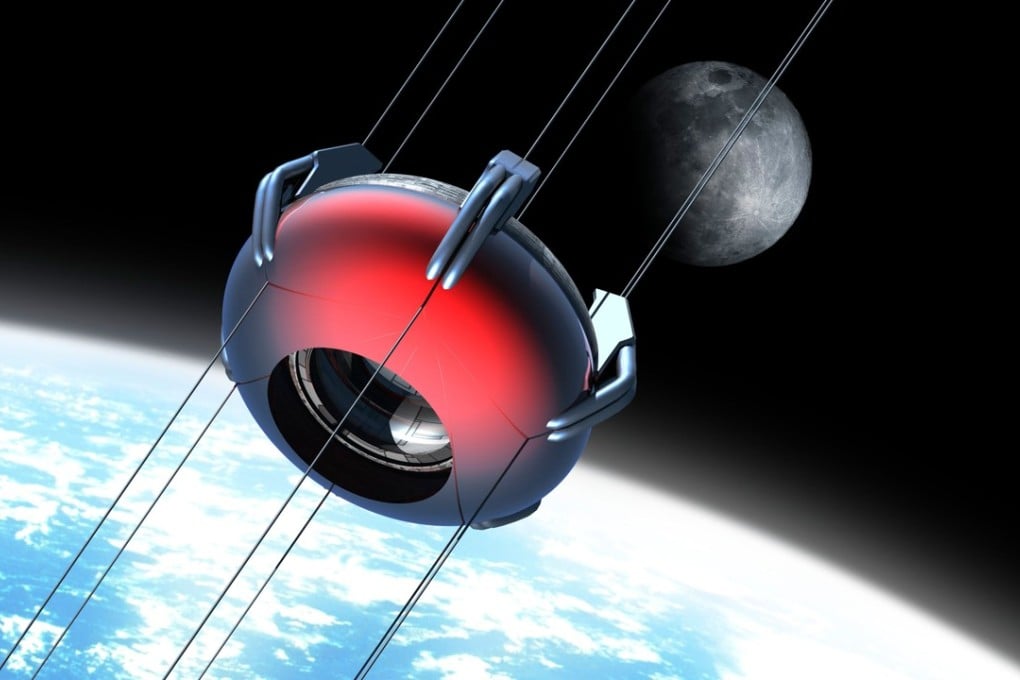Chinese scientists say they have the key to building a space elevator. A what?
- It may sound like science fiction, but the idea has been around for more than a century

They said the fibre would be “in great demand in many high-end fields such as sports equipment, ballistic armour, aeronautics, astronautics and even space elevators”. But is a lift that could travel from the Earth into space actually possible, or is this just the stuff of science fiction?
A space elevator? Why?
“Although generations of research have made the rocket the most reliable form of propulsion ever invented … space vehicles are still grossly inefficient,” science fiction author Sir Arthur C Clarke wrote in The Fountains of Paradise in 1979.
The novel was the first popular account of an idea described by Russian scientist Konstantin Tsiolkovsky in 1895: the space elevator, a planet-to-space transport system just like the lifts we use every day but 300,000 times higher.
The appeal of a space elevator comes down to potentially finding a much cheaper way to travel to space. It costs more than US$160 million to launch a satellite for a single trip, but it is estimated that a space elevator could reduce that to less than US$2 million per person per trip.
How does it work?
